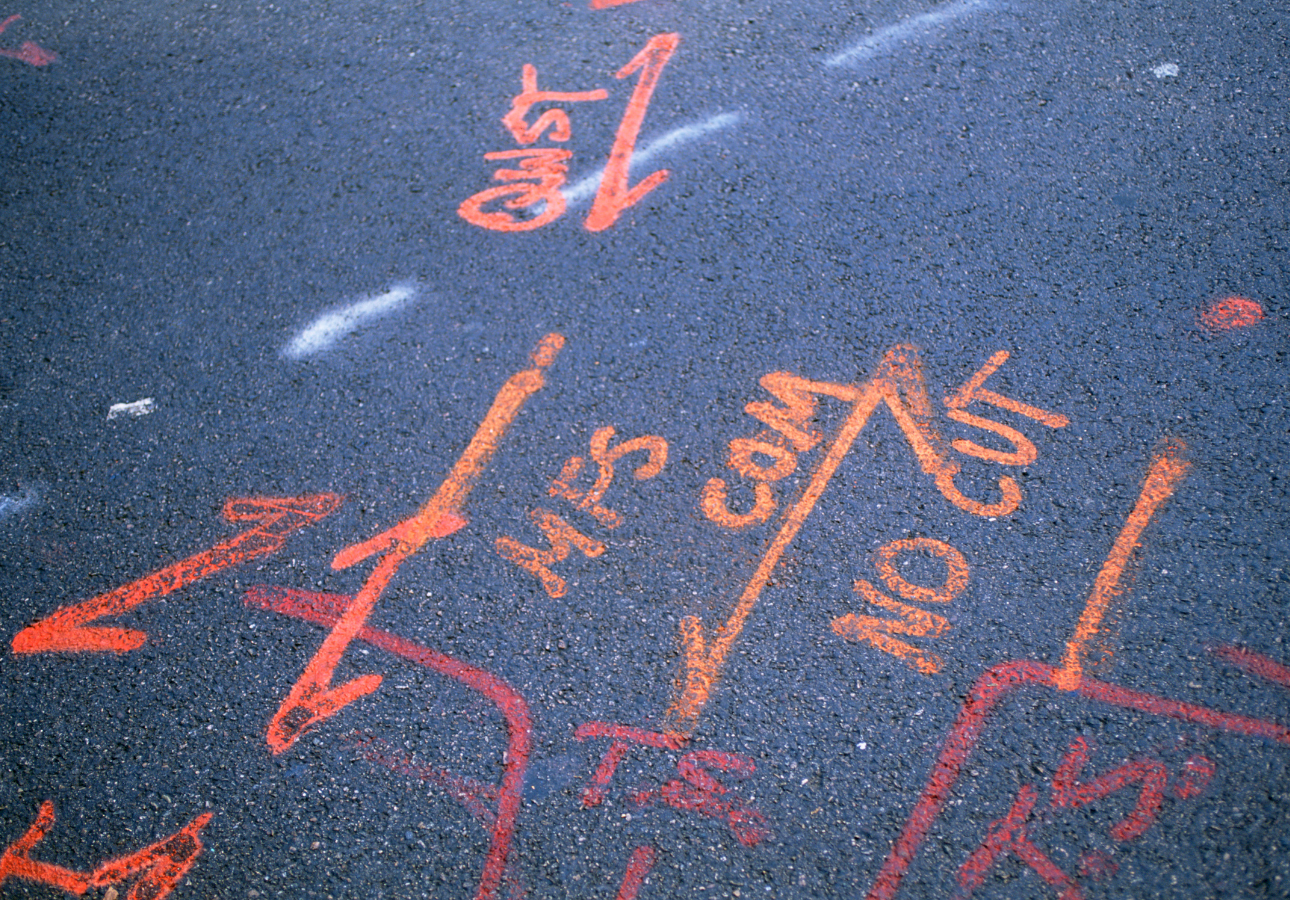The Purpose of Post Tension Cables
In concrete construction, post tension cables are a type of reinforcement that add strength to slabs, beams and columns. Post tension cables are widely used in modern concrete construction techniques, allowing engineers to produce complex structures more efficiently than ever before. If you’re carrying out work on a structure that features post tensioning, it’s important to know what you’re dealing with before you begin cutting into the concrete. In this article we’re going to take a look at post tension technology and the impact it could have on your next project.
What Are Post Tension Cables?
Post tension cables are a type of reinforcement primarily used during the construction of concrete buildings and other structures. While concrete is naturally strong, it’s hard and brittle, making it prone to cracks and breaking under load. Similar to reinforcement like rebar, post tension cables improve the strength and load-bearing capability of concrete structures and slabs. This reduces the amount of concrete used in structure and allows for more complex construction and architectural features.
Post tension cables themselves are braided steel wires set in a galvanised steel PT duct. Once the tension is applied a non-shrink structural grout is pumped around the cables to hold the tension while a locking clip is installed. Once this is done and the grout has cured the process is complete.
How Do Post Tension Cables Work?
On its own, concrete is hard and brittle, making it a poor choice for structures like slabs and beams. This is usually addressed by adding steel reinforcements that help bind the concrete together. Rebar reinforcements hold concrete together, improving its strength and flexibility, making it suitable for use in complex construction projects. Similarly, post tension reinforcement improves the strength and load-bearing capacity of concrete. Unlike solid rebar, post tension cables are relatively flexible and don’t provide any reinforcement until they have been tensioned.
The tensioning process is simple. Steel cables are laid as part of the formwork before concrete is poured. Cables are laid relative to the force they will be countering once the structure is completed. In slabs this often means that cables are laid in a criss-cross pattern. Once the concrete is poured and has been allowed to cure, hydraulic jacks are used to pull on either end of each cable, applying about 15,000kg of tension. The tension in these cables creates a compressive force on the concrete, countering loads that are placed on the structure.
When Are Post Tension Cables Needed?
Post tension techniques are widely used in large concrete structures like apartment buildings, parking lots, office buildings and bridges. They’re also found in concrete structures that are subject to large loads, such as water tanks. Today, most concrete structures make use of post tensioning for the range of benefits it offers. Properly reinforced concrete slabs, beams and columns can be made much smaller than they otherwise would be. Not only does this reduce the amount of concrete that needs to be used, it makes buildings significantly lighter, placing less stress on foundations. By taking advantage of the principles behind post tensioning, designers can produce smaller, more efficient structures that reduce the need for complex engineering.
Why Do You Need to Locate Post Tension Cables?
Sooner or later most buildings will need to be renovated. Locating post tension cables before cutting or drilling into concrete slabs, beams and columns is critical. Accidentally severing or damaging a post tension cable can be extremely dangerous to any personnel on site. And, depending on the structure and the location of the cable, any damage could compromise the integrity of the building.
To protect everyone on site and avoid being liable for costly repairs, renovation and demolition work should always be supported by a full concrete scan to locate steel reinforcements and post tension cables.
Need to Locate Post Tension Cables? Contact GPR Concrete Scanning & Coring
Ensure your next project goes smoothly by investing in concrete scanning by the team at GPR Concrete Scanning & Coring. Our state-of-the-art equipment can be used to locate everything from standard reinforcements to complex post tension cable installations. A scan by our team can provide all the information you need to commence work without needing to worry about the location of utilities, reinforcements and post tension cables. Speak to our team about our services today, or get in touch with us to make an appointment.


No Comment